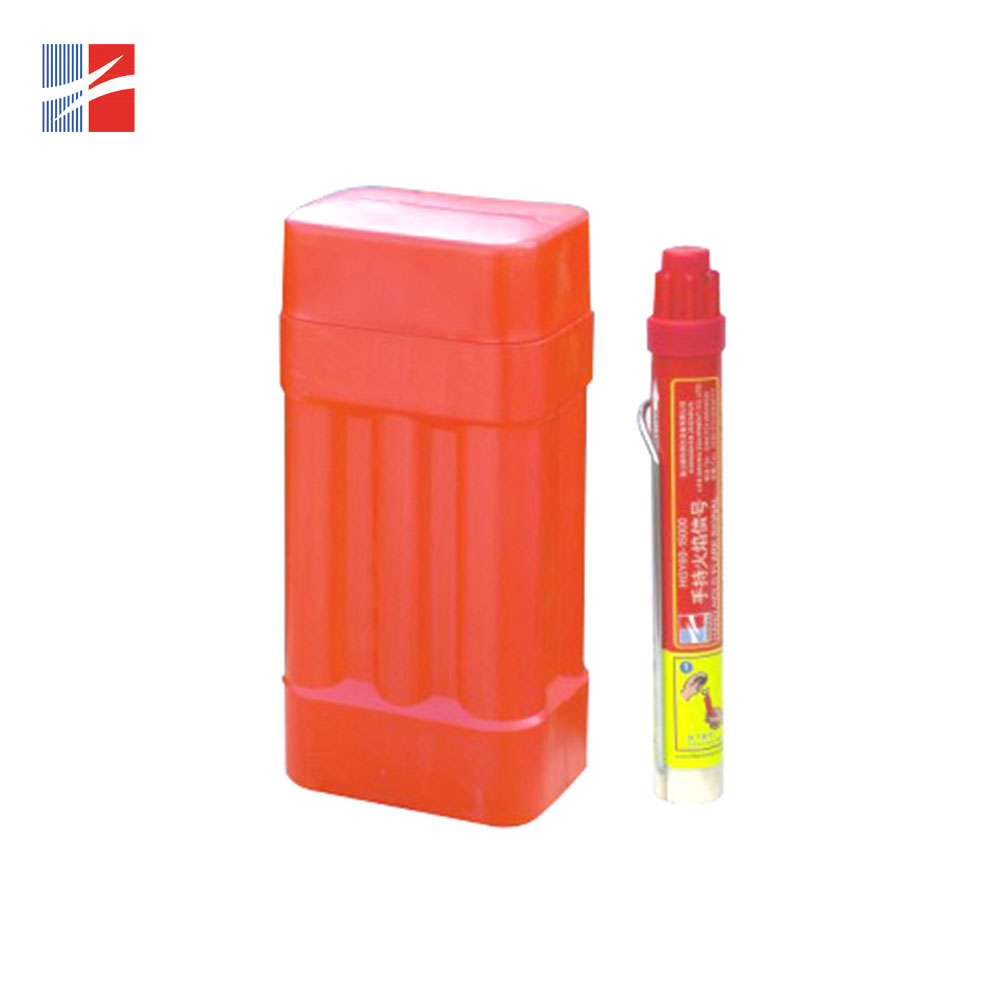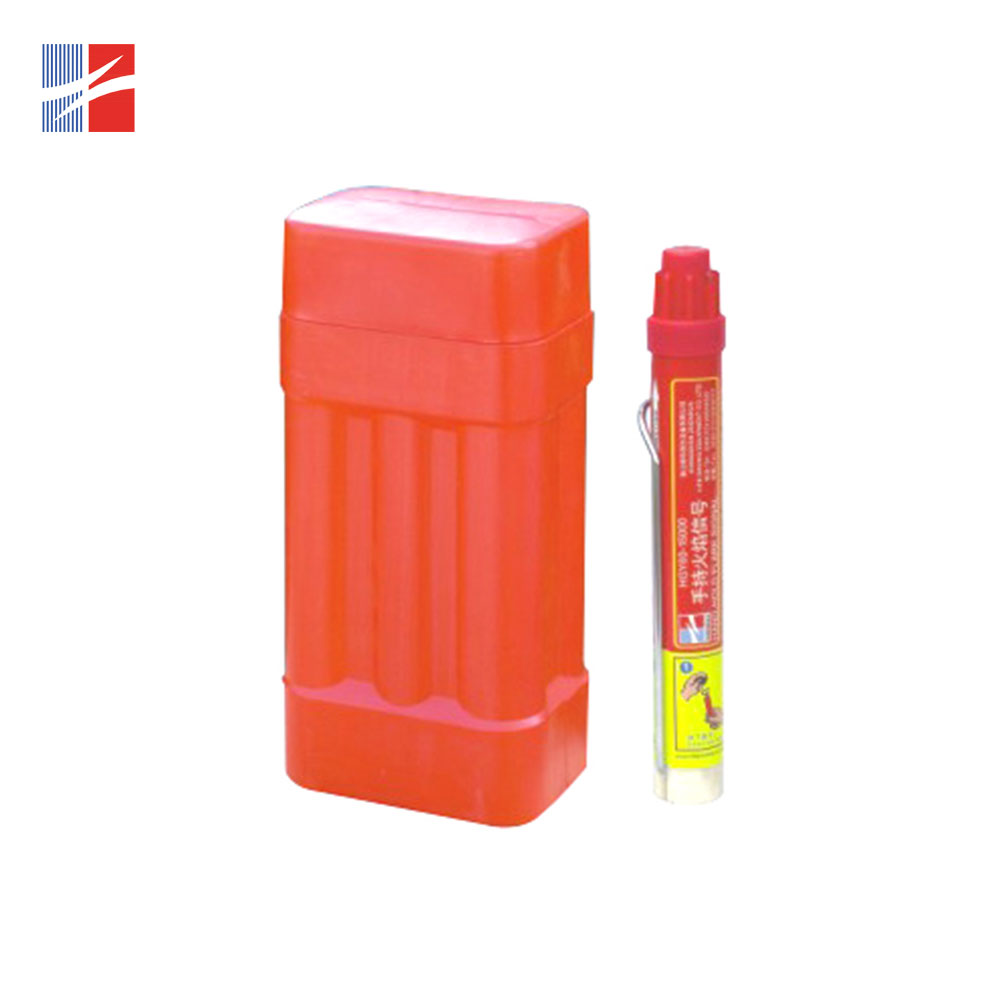Handheld Flame Signal
A handheld flame signal is a type of signaling device that uses fire or flames to communicate messages visually over a distance. Historically, handheld flame signals were commonly used in maritime contexts for ship-to-ship or ship-to-shore communication before the advent of modern communication tech......
Send Inquiry
Product Description
A handheld flame signal is a type of signaling device that uses fire or flames to communicate messages visually over a distance. Historically, handheld flame signals were commonly used in maritime contexts for ship-to-ship or ship-to-shore communication before the advent of modern communication technologies.
The device typically consists of a container or a torch-like structure that can produce a controlled flame. The person using the signal can manipulate the flame to convey different messages by altering its size, shape, or pattern. Specific codes or protocols are often used to ensure clear and consistent communication.
In naval and maritime traditions, handheld flame signals were often used as a form of distress signal, indicating a vessel in need of assistance. Additionally, they could be used for signaling messages such as indicating the presence of a particular ship or to communicate simple commands.
With the advancement of technology, handheld flame signals have largely been replaced by more efficient and reliable communication methods, such as radio, satellite communication, and other signaling devices. These modern technologies provide faster and more effective means of communication, reducing the reliance on traditional visual signaling methods like handheld flame signals.









